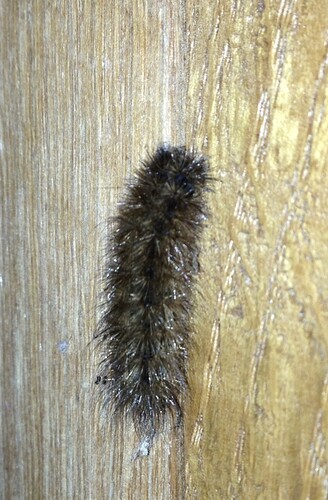They are part of the world we wander through, thanks for sharing.
They could be an excuse to lead me into another subject that has been getting mentioned on the forum. (They both contain mitochondrial DNA).
Perhaps an amateur (simple) attempt at explaining this would be interesting.
yr cell - the cell. (click on image for full size).
Gwrywaidd (G) - Male.
Benywaidd (B) - Female.
Niwclwes DNA yn dod o ddu riant - Nucleus DNA comes from both parents (Bron hanner a hanner, almost half and half).
Daw DNA mitocondraidd oddi wrth y fenw - mitochondrian DNA comes from the female. (note misspelling on the diagram) (doh)!.
Ddisgynnydd (unigolyn newydd) - Descendant (new individual).
Most people have heard of DNA, which is in most cells of frogs, goats , us and the list goes on, it contains a blend of genetic information of how to construct individuals from their parents.
mitochondria, are some of many organelles that share space in the these cells, they convert chemicals from our food into energy that is used to maintain the cell/s and allow us to put effort into our day.
Each life starts as a single cell (often an egg), the egg produced by the female contains mitochondria, which give the egg the ability to convert material within the egg into energy to carry out cell division (the start of a new individual) if it is fertilized.
Reading an individuals mtDNA is a record of the female line it descends from, because the DNA is fairly accurately copied and passed on (cell to cell, individual to individual) (most genetic anomalies would render the egg unviable and so would not develop).
Having said that, some harmless anomalies (they are random) have occurred and been passed on, (conserved), by the female they occurred in and to her descendants up until today.
am enghraift - for example, a anomaly that occurred in Italy 10,000 years ago would be randomly different to one that occurred in Japan 20, 000 years ago, and so a clump of those genes would appear around their source and indicate a marker for that area. Hopefully this gives a little understanding of how if a female from Italy moved to Wales 1,000 years ago, her descendants would be seen in a mtDNA test by the difference in that mtDNA which matches with a clump of individuals in Italy.
Cheers J.P.
